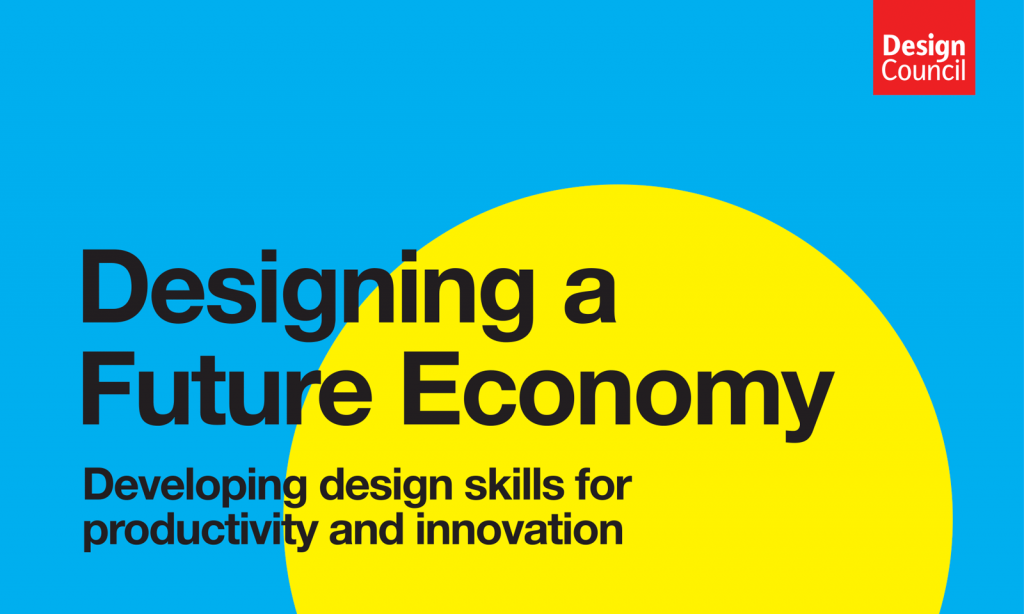How does design contribute to innovation? Does the use of design increase or determine the likelihood of innovation happening?
The role of design is not just about aesthetics or engineering. We position design as the essential interface between creativity and innovation:
• ‘Creativity’ is the generation of new ideas.
• ‘Innovation’ is the successful exploitation of new ideas. It is the process that carries them through to new products, new services, new ways of running the business or even new ways of doing business.
• ‘Design’ is what links creativity and innovation. It shapes ideas to become practical and attractive propositions for users or customers. Design may be described as creativity deployed to a specific end”.
In its broader sense design, or the family of design activities, should be considered both as a process and an outcome which have a distinctive and often determining role in innovation.
The literature about design and its role in innovation is extensive. There is a long tradition of theory exploring how design stimulates and enhances innovation, complemented by a growing body of evidence on its economic impact.
There are several common concepts across these theories about the definition of design intensive innovation.
These are:
- Design relies on the ability to create and imagine, to solve problems, to combine knowledge of the existing world with possible versions of future products and services.
- Design is multifaceted – applying design to the innovation process improves the benefits for both the user and the supplier.
- Design enables innovation to be both user and human centric, through designers’ understanding of human behaviour in the use of goods and the customer journey involved in the use of services.
- Design approaches are considered to operate in a distinct fashion, involving convergent and divergent thinking, and iterative and visual approaches. These can include for instance participatory techniques and enable rapid prototyping and development.
- The active use of design is associated with a higher tendency for delivering novel innovations and creating new possibilities for goods and services in the market.
- Design is complementary to other innovation inputs and strategies. Design capabilities strengthen organisations and enhance the capability of the national innovation system level to absorb and use knowledge.
Source:
You can read here the literature review undertaken by RF Associates.




